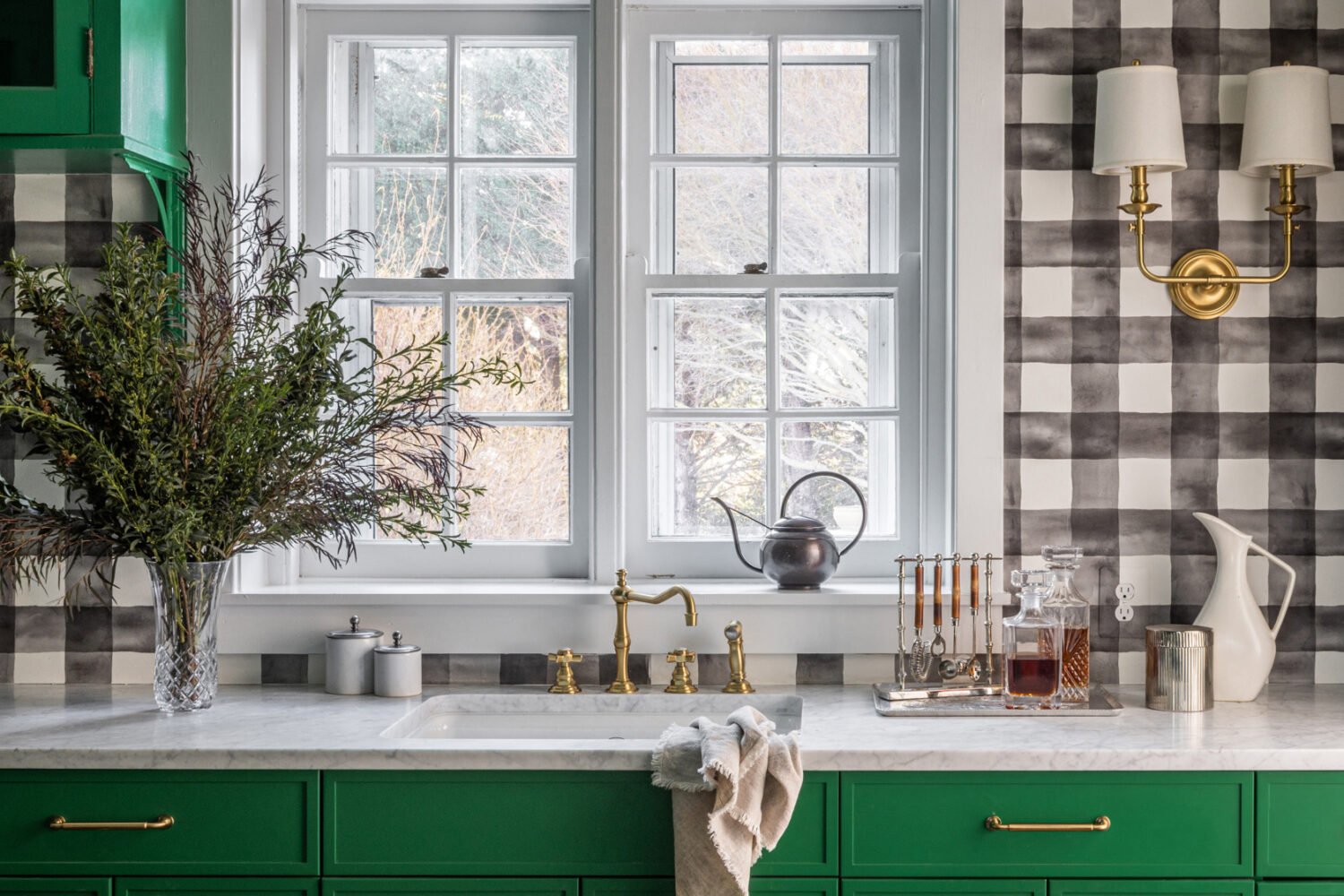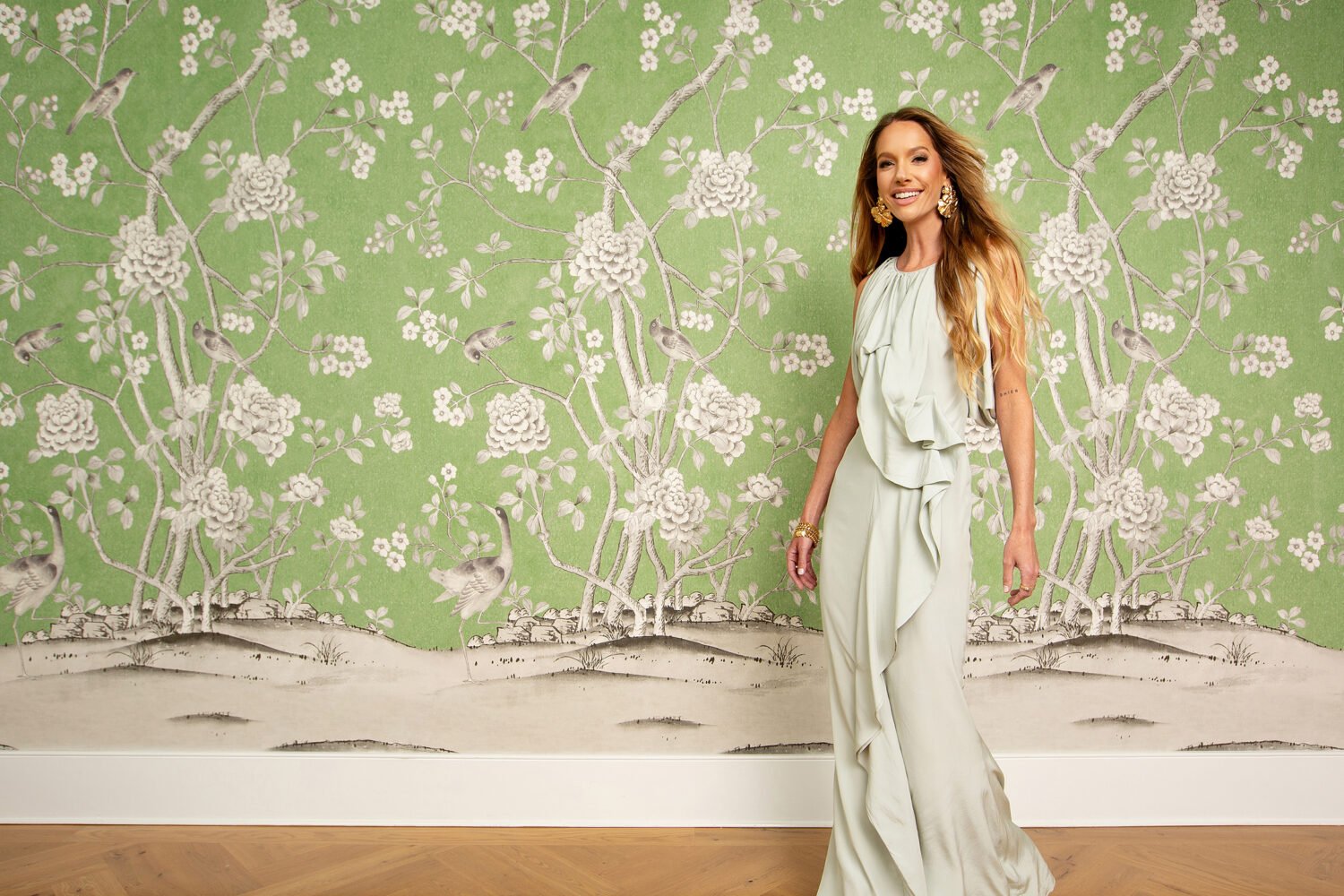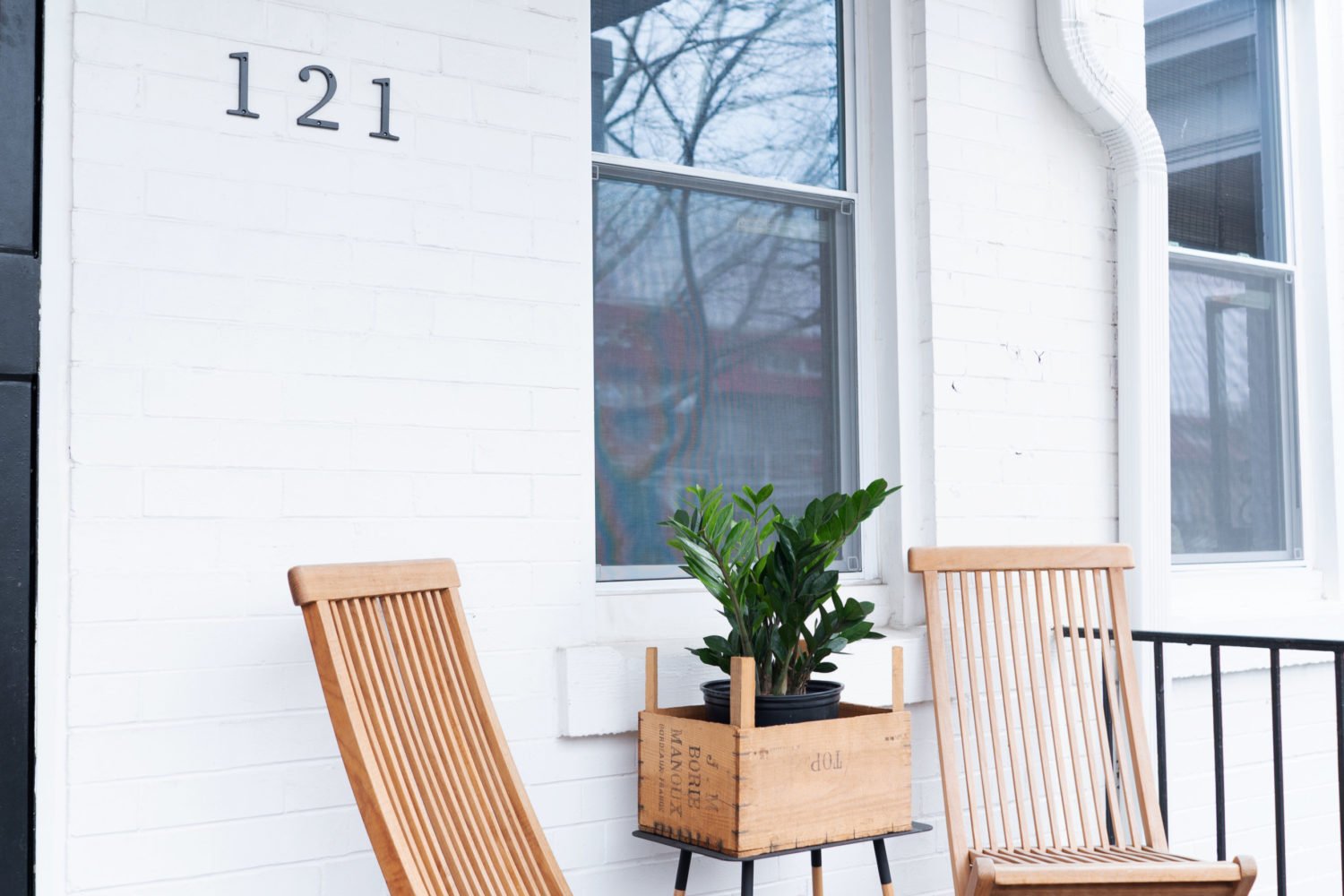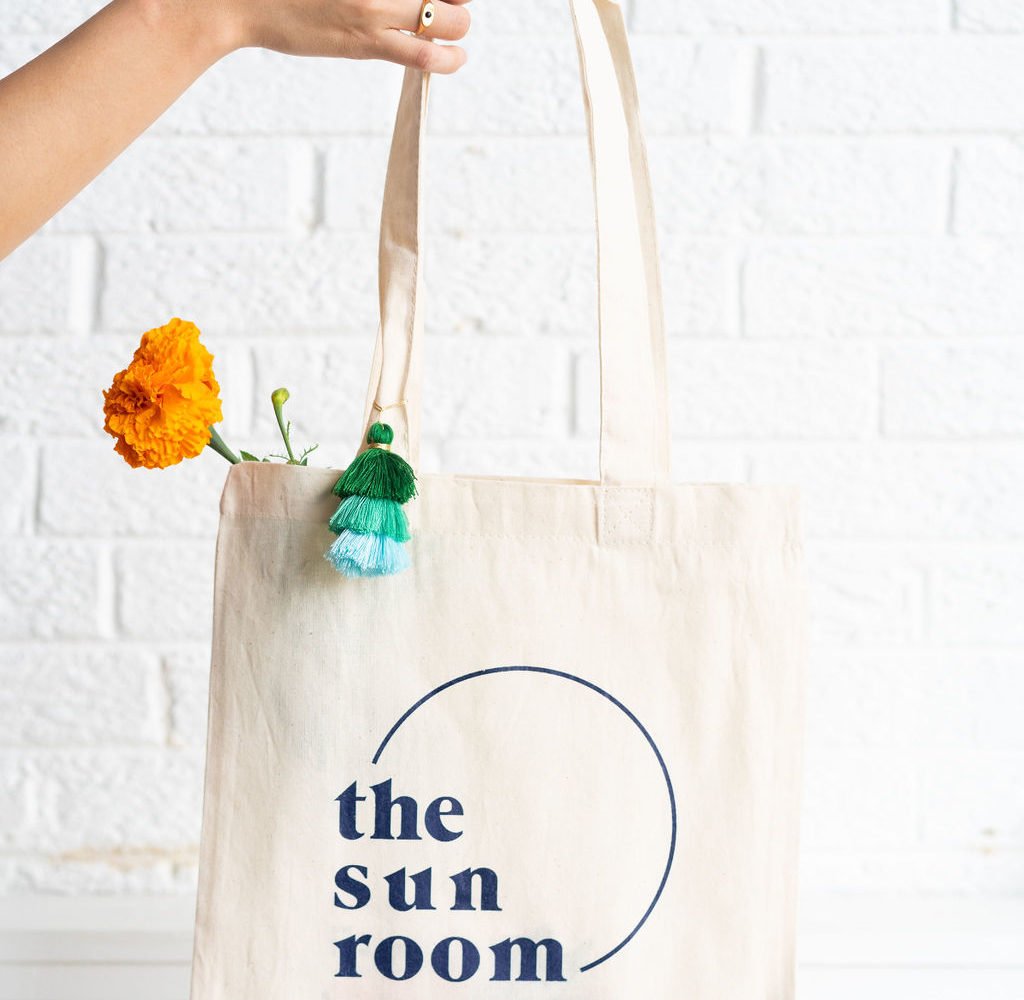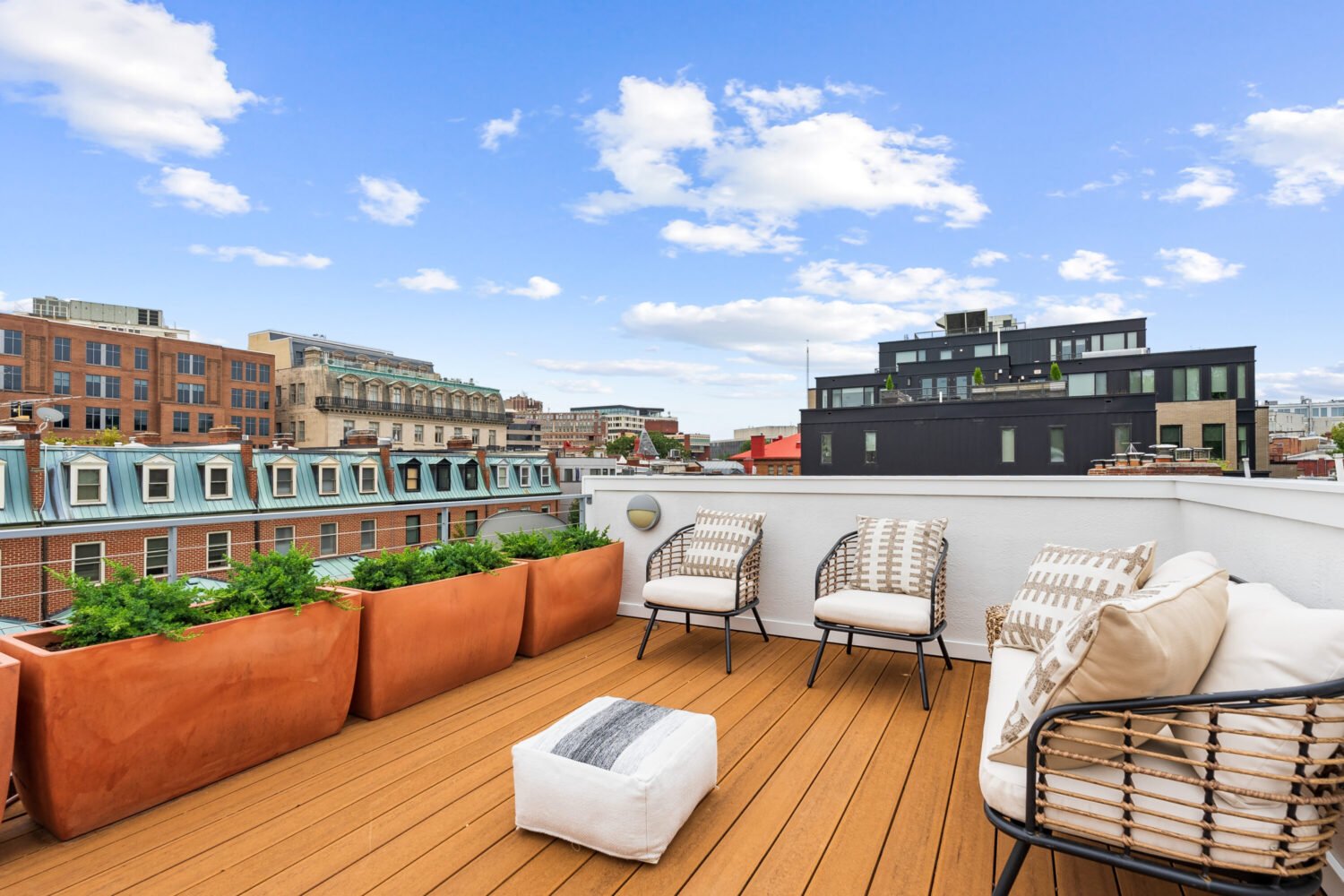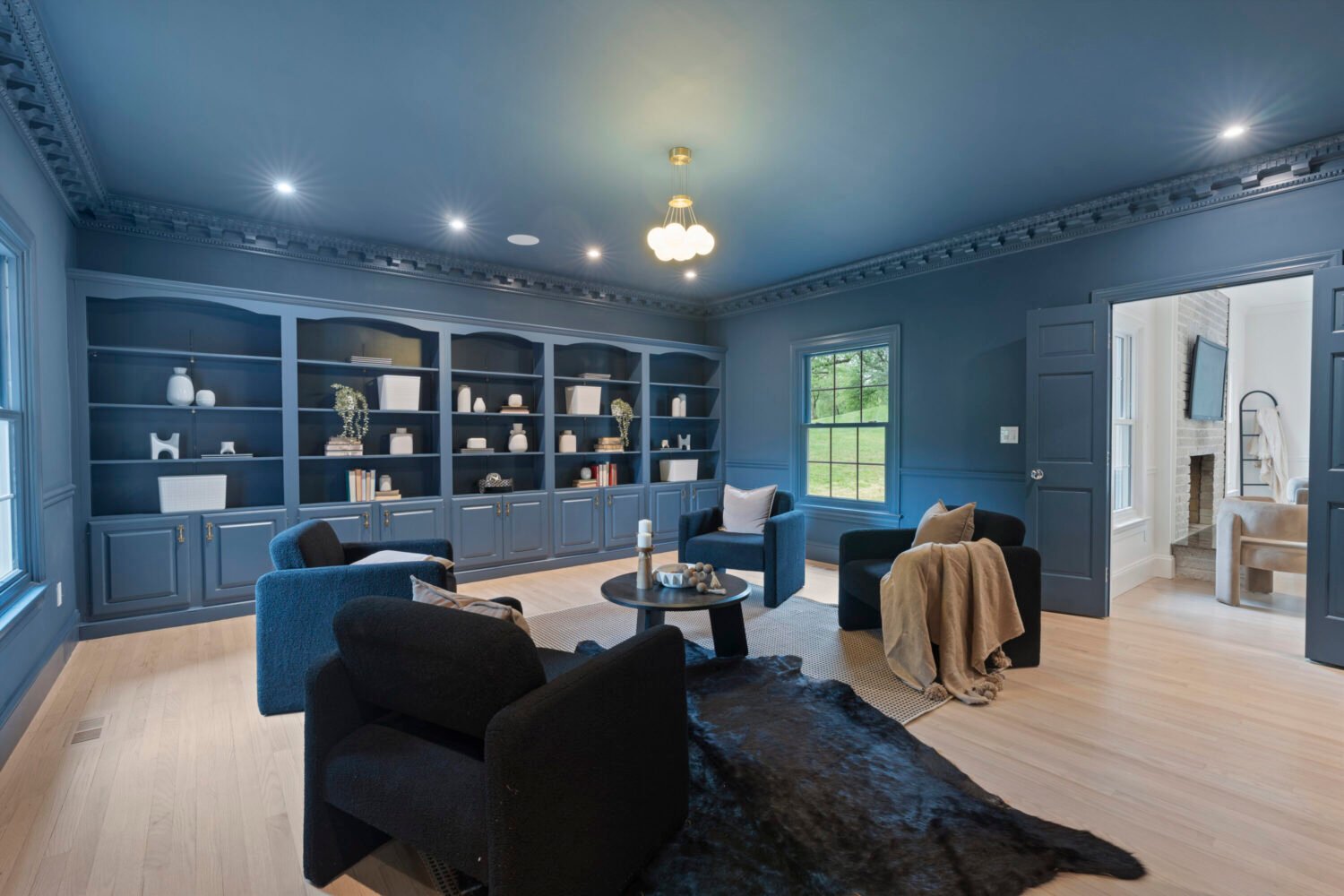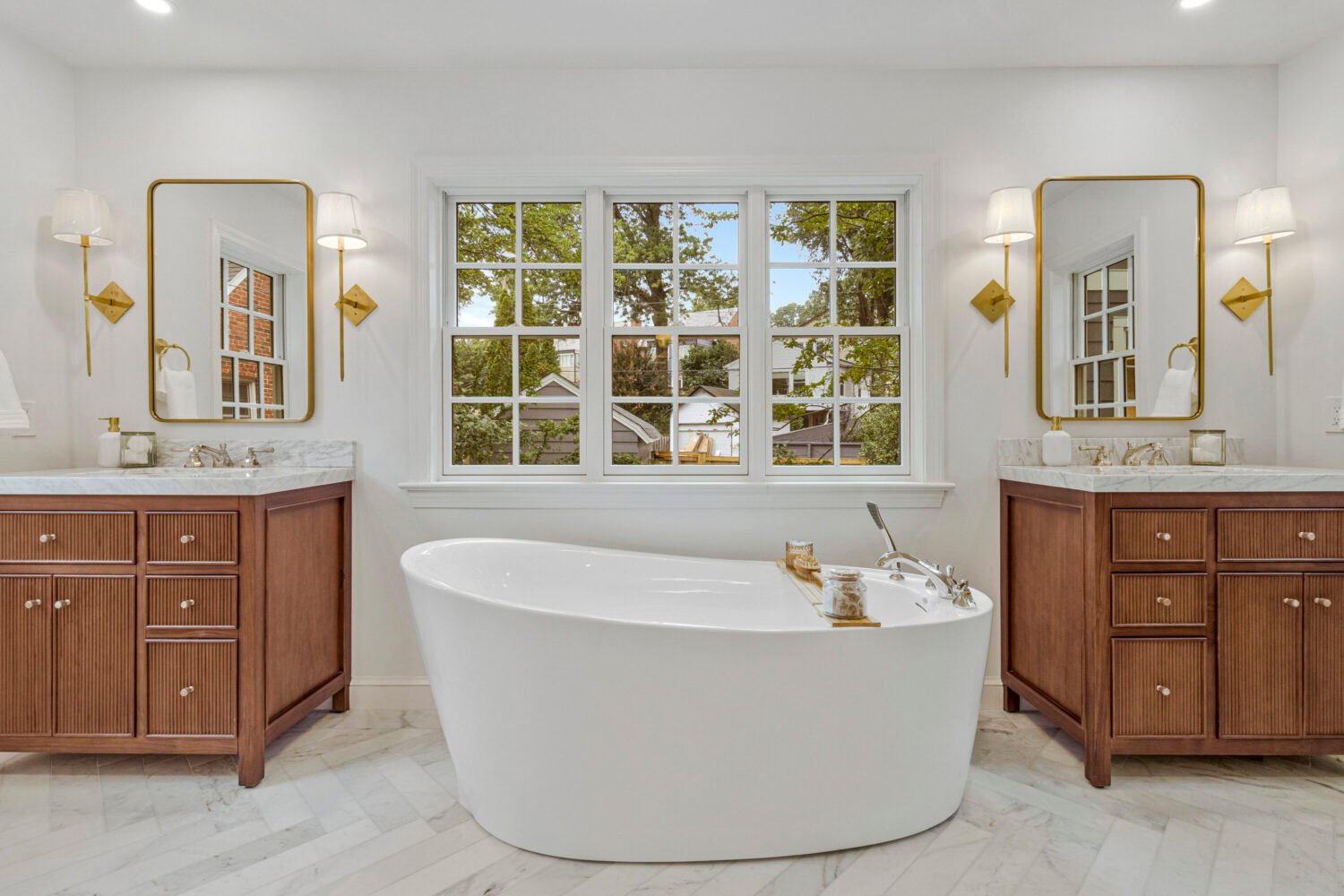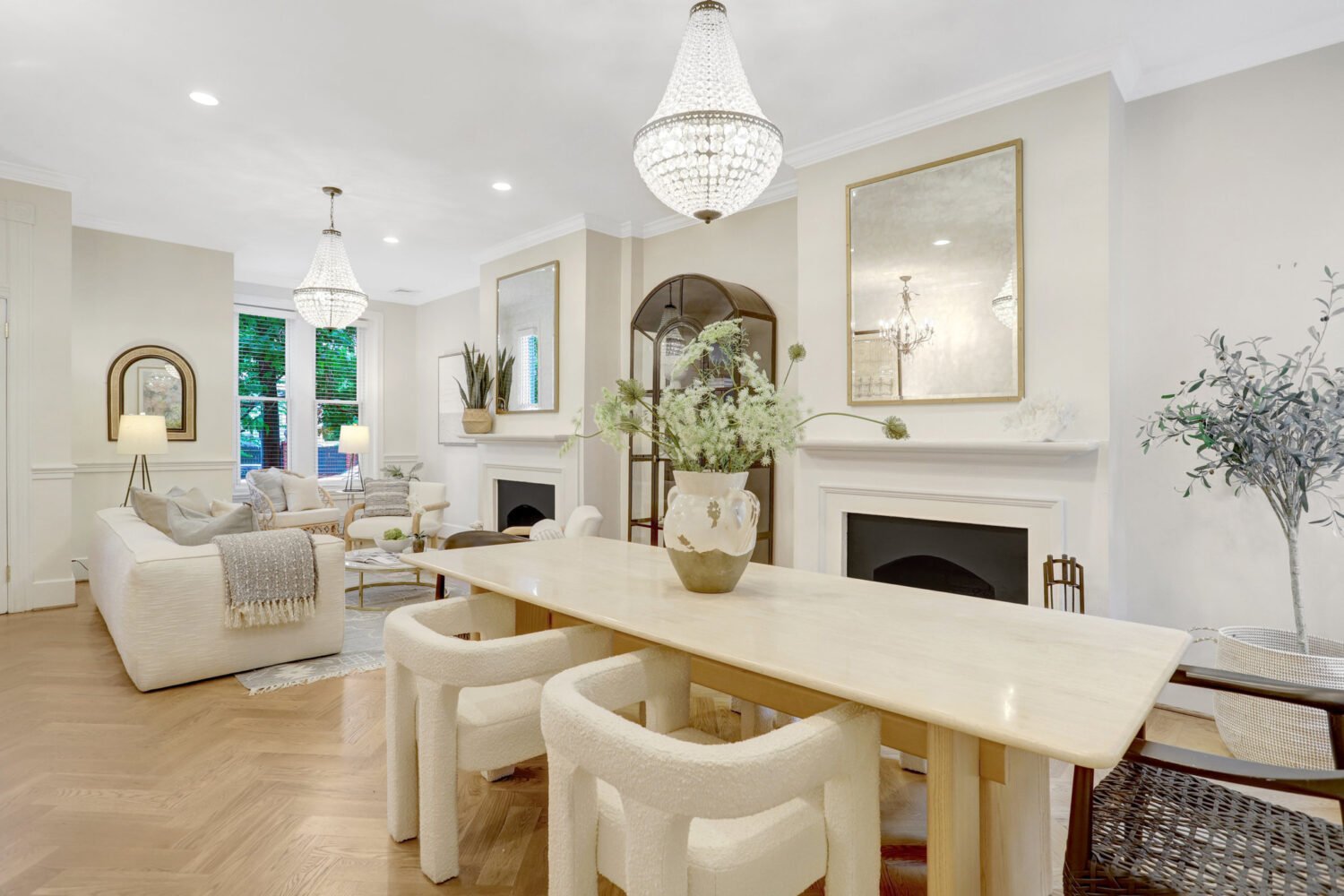Most of the original wood had been torn up and replaced with plywood. On the first floor, there was an inexplicable one-inch ledge running down the middle, a perfect toe-stubbing opportunity if left as is (and a few crazy contractors suggested I do just that). The stairs . . . oh my. The stairs were a horrid mess. A previous owner had totally rebuilt them . . . with two-by-fours and no level. It was an OSHA hazard just looking at them.
I interviewed more contractors for the floors than for any other job. This project wasn’t just a minor repair or the installation of a modern convenience; it was a restoration project. Even if I tore out everything and put in all new floors, I had to remember that this was a 97-year-old Federal-style rowhouse that deserved respect.
The problem with restoration is, of course, money. The first few contractors I met heard my budget, scoffed, and told me all I could afford was laminate flooring—you know, the yellow shiny “wood” on the floor at Gap stores. Sure, it comes in all shades of stain, but you can tell it’s not real, and I thought I owed the house something better.
Finally I scheduled a meeting with a contractor that came highly recommended by my real-estate agent. I was told the company was affordable, did high-quality work, and was fantastic with small patch jobs that might come up later.
The contractor took a look around my house and immediately told me, “You don’t want to get rid of this original wood.” Of course, I didn’t want to, but what was missing was too much to “patch.” And even if I could find 600 square feet of 100-year-old Georgia pine, it probably would cost a fortune. But this guy didn’t tell me it was laminate or nothing. He said he could take all the original wood from the first floor and use it on the second floor. That would save enough money that I could afford real wood on the first floor.
The guys got to work, and walking in after the wood had been laid down, before the stain, was breathtaking. It was an entirely different house. They tore up the hideous pink tile in the kitchen, and the new, smooth wood floors made the room look twice as big. They performed miracles on the stairs, which I had feared couldn’t be salvaged. A surprise decorative finish even capped each stair on the living room wall side.
Picking the stain was tough. Most of my friends told me to go with a light shade because it would make the place look bigger and wouldn’t look dirty as quickly. But I was beholden to the idea of a rich, warm, 100-year-old home and couldn’t get my mind off the dark stain. The contractors tested three stains across the spectrum for me and—surprise!—the wood upstairs and downstairs turned totally different colors with the same stain. The medium butterscotch-colored stain on the original pine matched the dark, rich stain on the new oak downstairs.
So in the end I picked two colors. The difference is slightly noticeable, but when you come up to the second-floor landing, where the two stains meet, it’s very hard to tell. The butterscotch stain upstairs has a nice warm color but isn’t so dark that it hides the incredible character from the floors' decades of use.
The new floors changed everything. My skeptical friends, who before only saw broken windows and mattresses for squatters on the floor, did a 180 and admitted that maybe I wasn’t in over my head. And I was thrilled. The contractors did an amazing job, and I could boast about partial original flooring.
The best part? The place was ready for me to move in!
To see what Heather's floors looked like when she first moved in, click here. And to read her home adventures from the beginning, click here.

